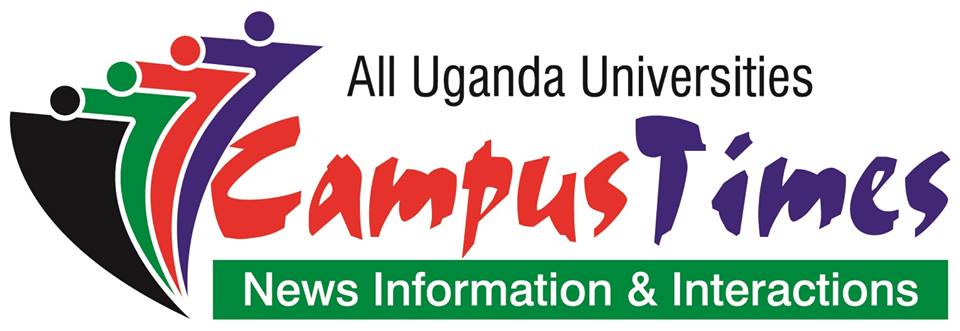
Portugal’s Cristiano Ronaldo celebrates after scoring during the Group B match between Portugal and Spain at the 2018 World Cup in the Fisht Stadium in Sochi, Russia, 2018. (Sergei Grits/AP)
The FIFA World Cup is the most-watched sports event in the world. People come from all over the world to support their teams while others want to have fun. The host country is usually flocked by visitors who fill hotels to capacity.
FIFA, which is the main organizer and manager of the World Cup, has always strived to offer everyone matches that are fair and credible. Thus, they have embraced the use of technology to succeed.
For the FIFA World Cup 2018, which was held in Russia, GPS and location technology played a significant role from beginning to end.
GPS Wearables
Although they were not used for the first time in the Russia 2018 FIFA World Cup, they offered immense help during the match analysis. These devices have been in use by various clubs for intense research during the training season. Team coaches and IT researchers have shown that the wearables are accurate in giving the position of the players while on the field.
For FIFA, 2018 was the first time to implement these devices successfully. All players were required to use them while on the pitch and live data was monitored in a central room. It was the same information used by the commentators to know the players and what moves they were making. This usage had been allowed by FIFA in March 2018.
Surprisingly, these wearables played more roles than just giving the position of the players. According to reports by FIFA official, once a player had the sensor either as a watch or on their clothes, they could relay information such as kick accuracy, total distance covered, and heart rate, among many others.
Players who used steroids from various sources like the Valkyrie website were worried about having an increased heart rate due to the increased performance and energy levels.
Goal Line Technology
Every fan in the stadium keeps a close eye to see when the ball passes through the goal line of the opponents. But for the players and reference, fairness is crucial. Goal-line technology (GLT) has now solved this issue by relaying instant information to the referee every time the ball passes the goal line.
This allows the referee to act on it immediately. The information is also relayed to the central control room to adjust the goals on all platforms.
Other Uses of GPS in FIFA
FIFA went ahead to incorporate GPS and location into seven high-speed cameras located throughout the stadium. They could easily follow the ball and players, which had sensors to record accurate angles for transmission.
Through the use of integrated software, the computer used various algorithms to know where the ball was and what should be transmitted. This way, fans who were watching the FIFA World Cup all over the world could get clear shots of the action.
GPS and location did excellent work in Russia, which is an indication that technology brings convenience. Hence, FIFA has confirmed that this technology or an even better option will be used in future World Cups.
